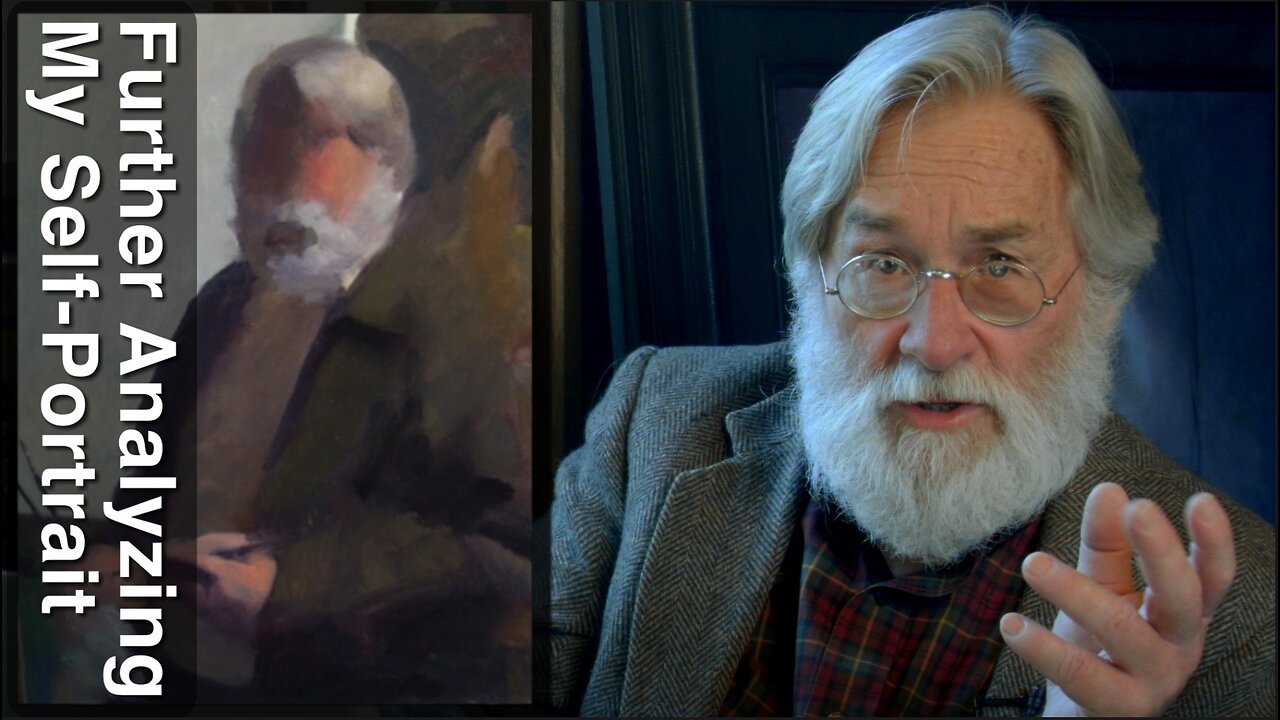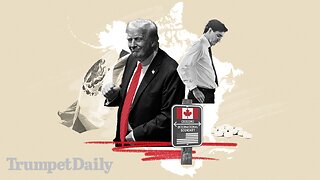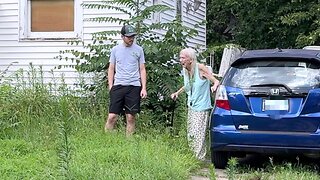Premium Only Content

Further Analyzing My Self-Portrait -123
The previous video, ‘self-portrait,’ is further reviewed to help with understanding this approach to the direct painting methods Paul uses; the reason behind the ‘all over the place’ - ‘everything at once” way of working; and the importance of accuracy of impression, breath of impression, order of appearances, as well as composition itself in the lay-in.
Quote:
The key to the mystery lies in his phrase “First you classify the values.” This means that before beginning to paint, you pass an abstract judgment on the “values” - the tones of light and the dark in your subject. These are the darkest darks, these the lesser darks. These the lights. These the high lights. And there will be intermediates. Nor do you start with extremes of tone. You work from the middle tone, up and down, that you may be carrying your drawing correctly. If this procedure is successfully carried out, every tone will be in an observed relation to every other, and your painting will bear the same relation to the subject “out there” that a piece of transposed music bears to the piece in the original key. Transposition is required because the gamut of light and dark in oil paint is smaller than the corresponding gamut in nature. The surprise is that this approach is more true to nature than when the tones are “copied” piecemeal. The result is truth of relation.
-William James, nephew of Henry James
QUESTION: Could you talk more about moving the “ingbretson” start to the next level?
In Further Response to Several People
-
 18:34
18:34
Paul Ingbretson Talks About Painting
5 months agoPatterning Revisited #240
332 -
 18:52
18:52
Producer Michael
14 hours agoI GOT PULLED OVER BY THE POLICE IN MIAMI!
215 -
 1:21:53
1:21:53
MTNTOUGH Fitness Lab
19 hours agoThe Fight That Almost Destroyed Jim Miller (& How He Overcame It) to Break UFC Records
597 -
 24:46
24:46
Cooking with Gruel
1 day agoFeeding Hope - LA Wildfire Relief from the People
1.07K6 -
 14:34
14:34
MichaelBisping
11 hours agoSean Strickland CONFRONTS Bisping! 'Pereira in Corner, Dricus and Khamzat!' (EXCLUSIVE INTERVIEW)
8922 -
 59:54
59:54
Trumpet Daily
18 hours ago $3.20 earnedThe Trade War Ends - Trumpet Daily | Feb. 4, 2025
4.14K8 -
 5:44
5:44
DropItLikeItsScott
11 hours agoA Must Have Shotgun - GARAYSAR Fear 116
9272 -
 56:14
56:14
PMG
17 hours agoHannah Faulkner and John Strand | BLANKET PARDON FOR ALL J6er's
1.61K2 -
 48:51
48:51
State of the Second Podcast
14 hours agoWhy Does Palmetto State Armory Keep Winning?
1.57K2 -
 32:01
32:01
SB Mowing
25 days agoHer Tears Said It All: “My Prayers Have Been Answered”
25.6K35